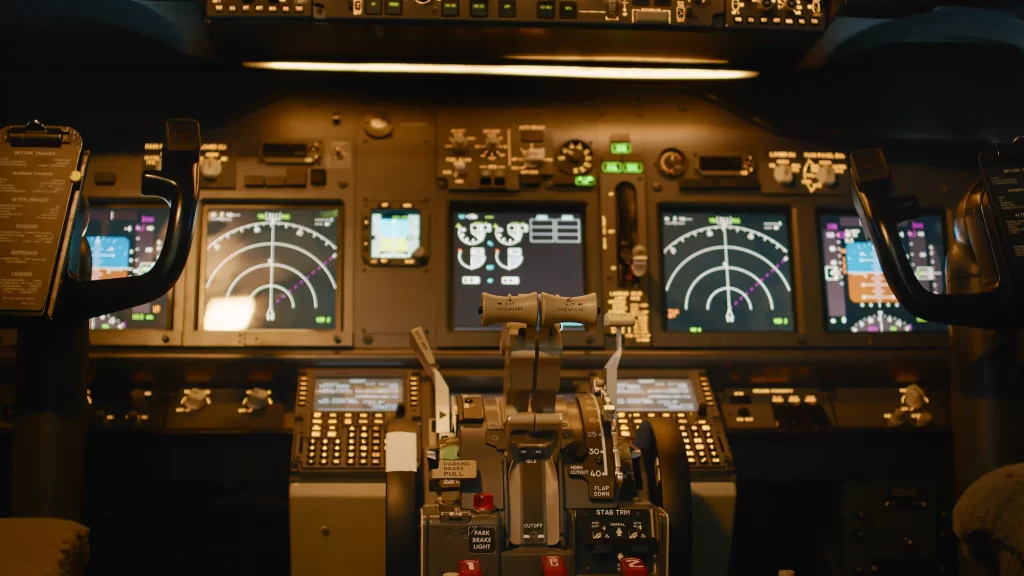The site map and information layout are key to ease of use. The site map helps users navigate the site and makes it easier for search engines to view and index the site. Information layout helps visitors find information quickly and easily. Below are some important tips for designing an effective site map and information layout.
User-friendly navigation:
Navigation should be simple, clear and user-friendly. Page names should be short, clear and easy to understand.

The page structure:
The pages should be arranged in a structured way. The pages should follow a logical sequence and be easy for visitors to navigate.
Website map:
The site map helps users navigate and helps search engines understand the content of the site. The site map can be displayed at the bottom of the web page or in the header.
Categories and subcategories:
Categories and subcategories help visitors find information more quickly and efficiently. Titles should be clear and understandable and follow a logical sequence.

Search bar:
The search bar helps visitors to search and filter. The search bar should be easy to find and use, and should display relevant search results.
Highlight important information:
You can highlight important information by using larger fonts, colours, images or icons. This helps visitors find information more quickly and efficiently.
A/B testing:
With A/B testing, you can test different versions to find the best information layout and site map. A/B testing helps you develop a more effective site map and information layout.
Click here to see our refence!




